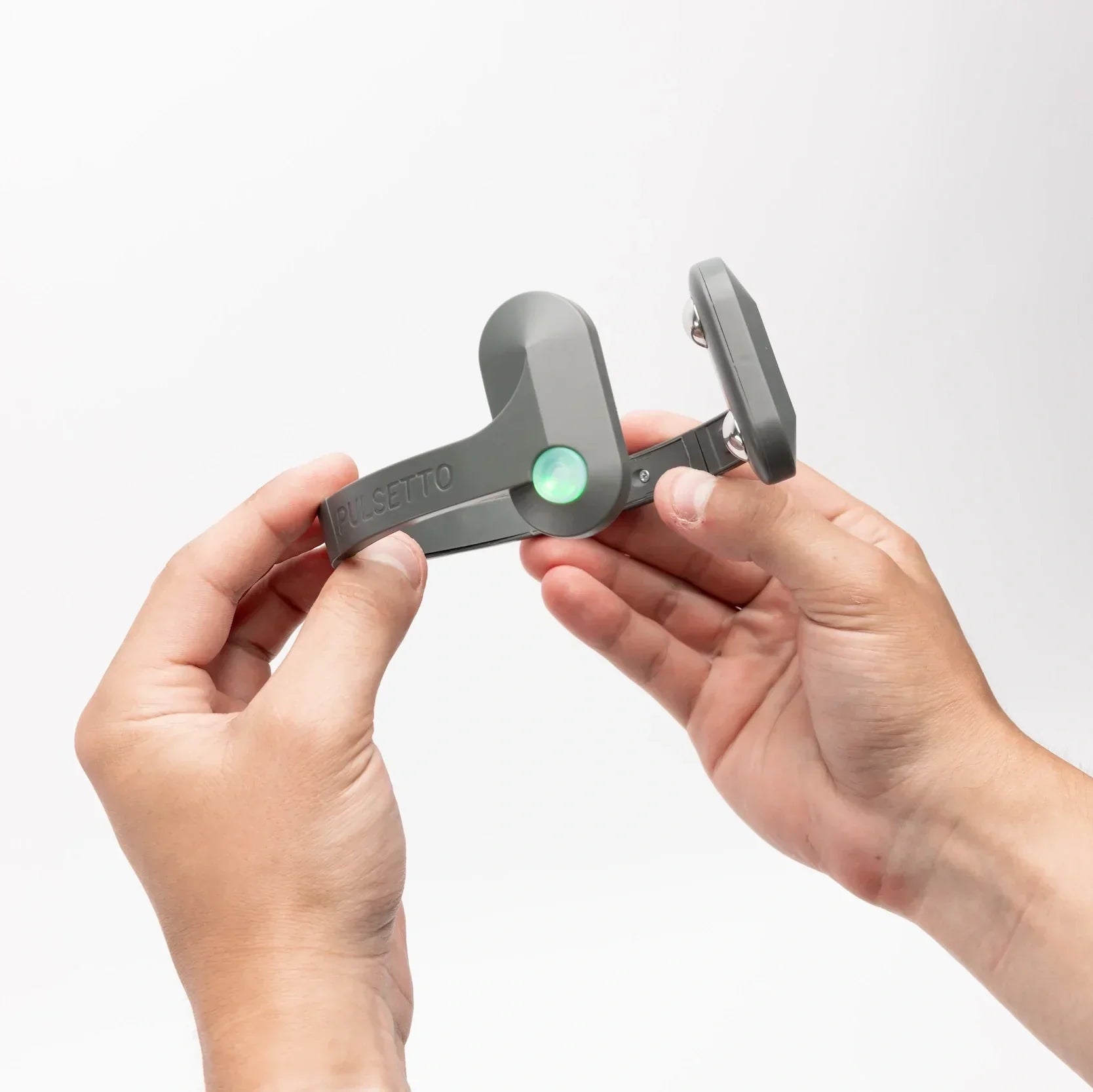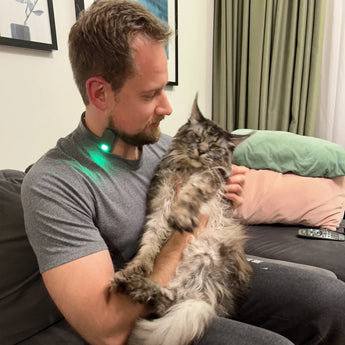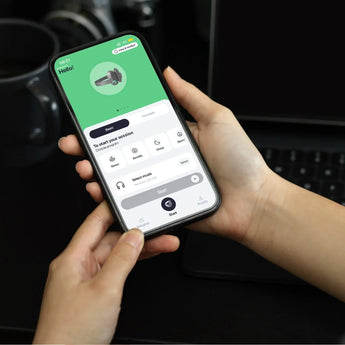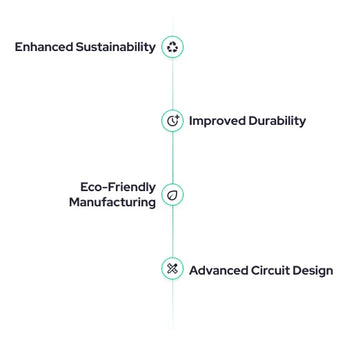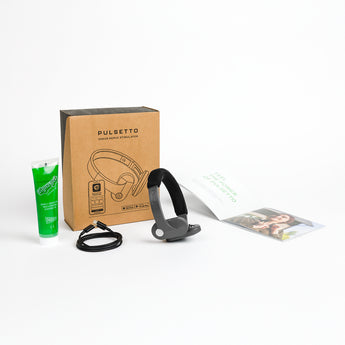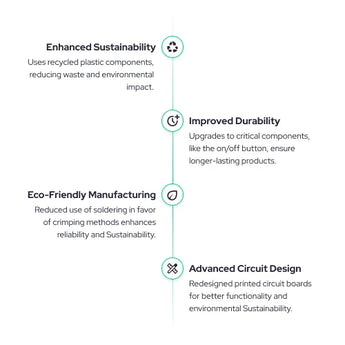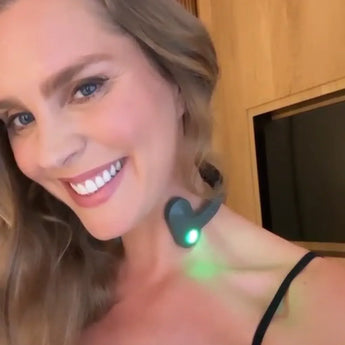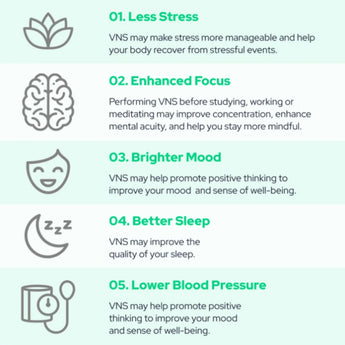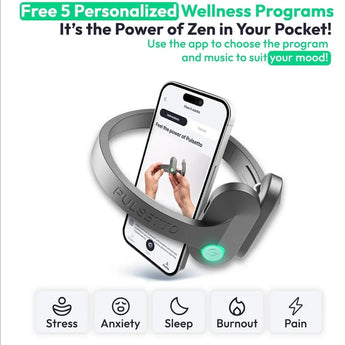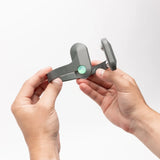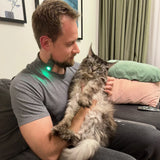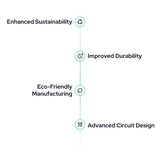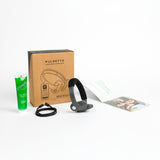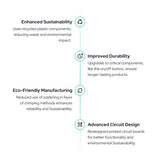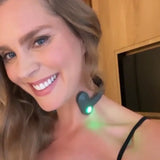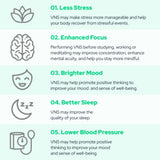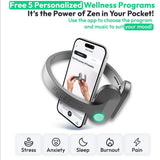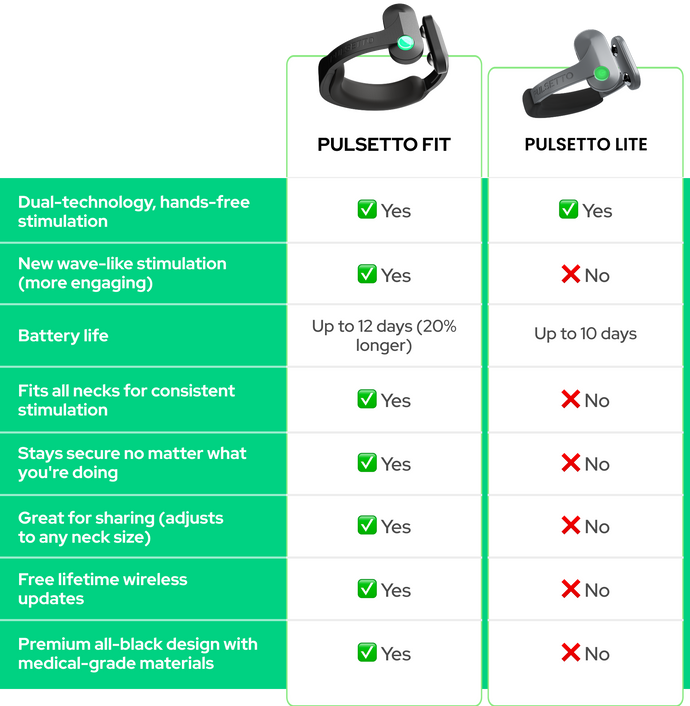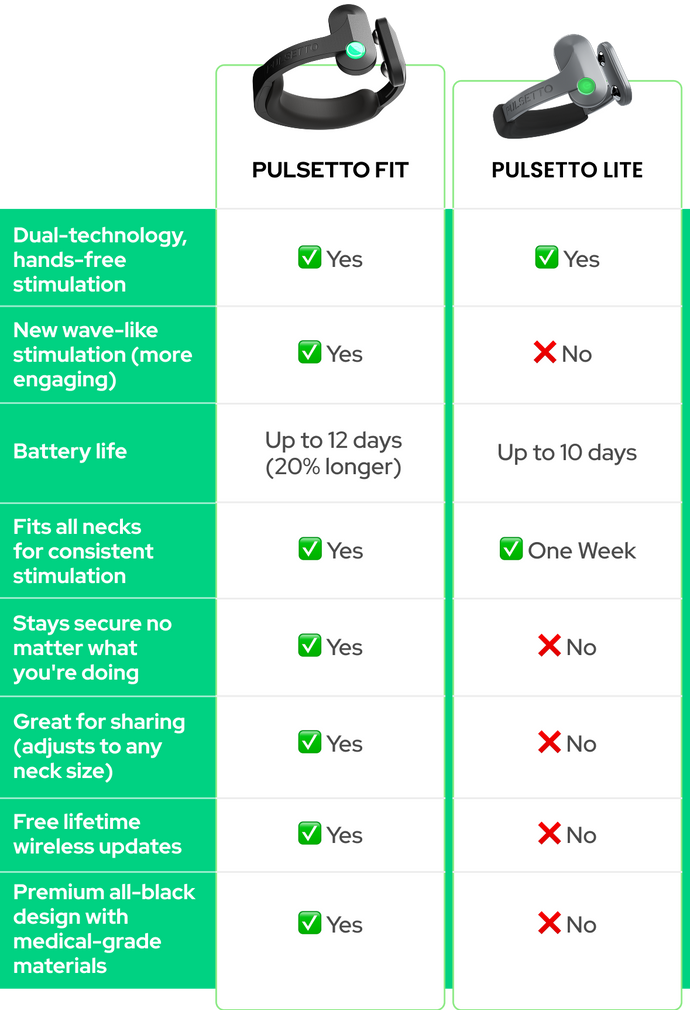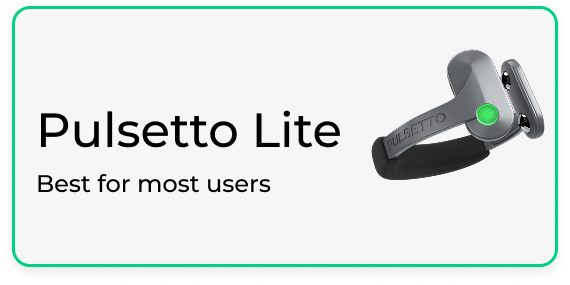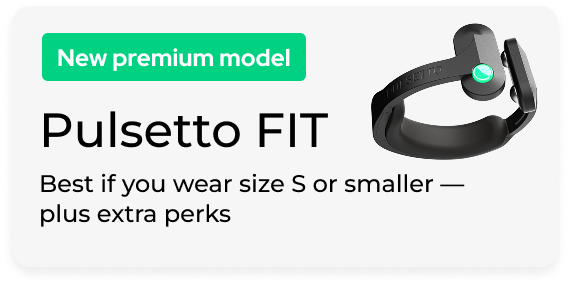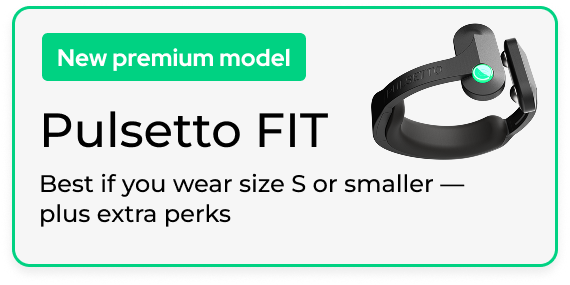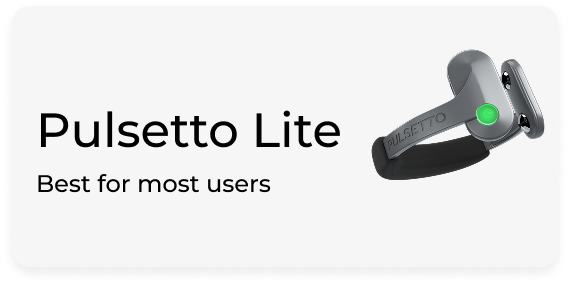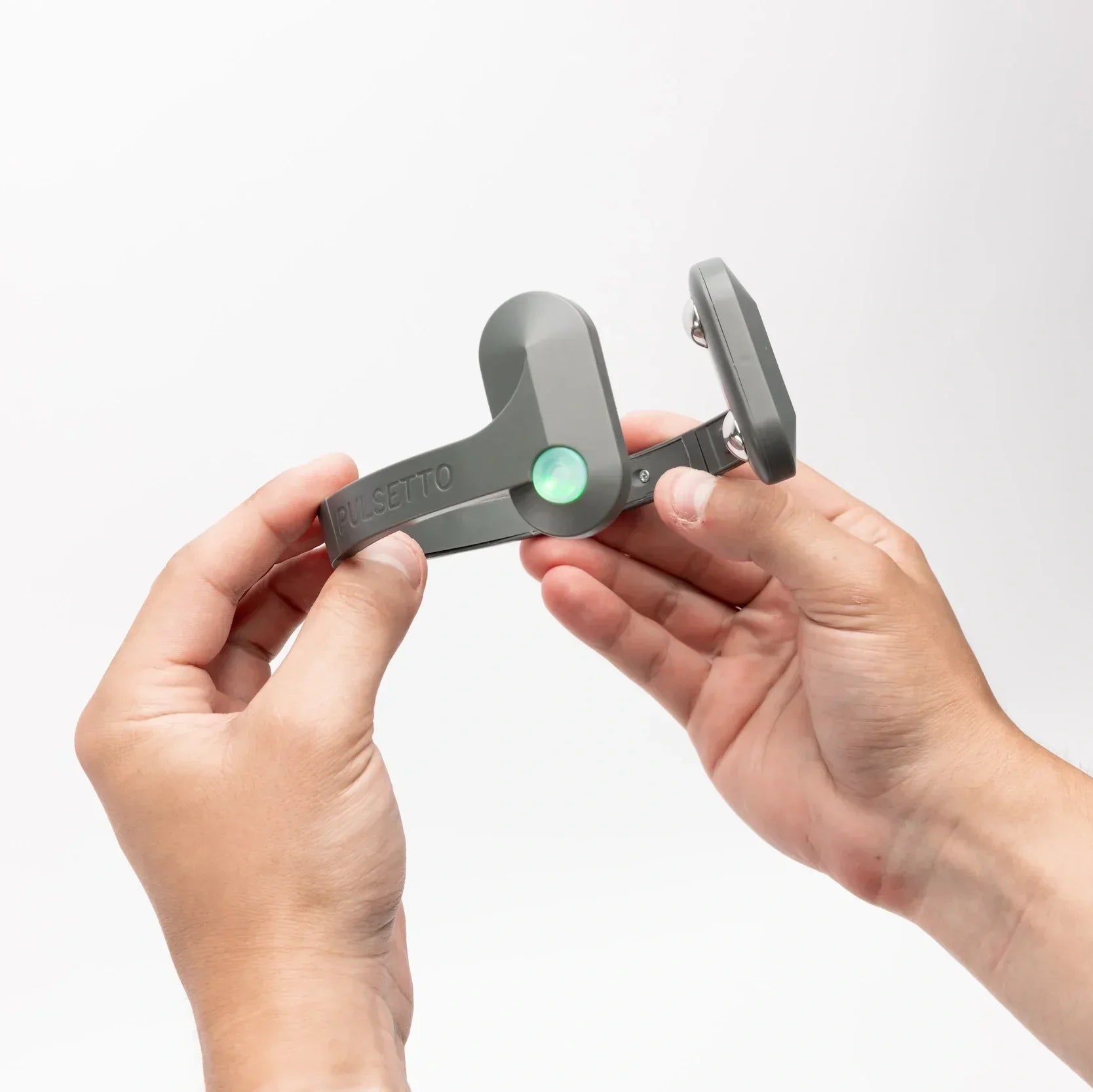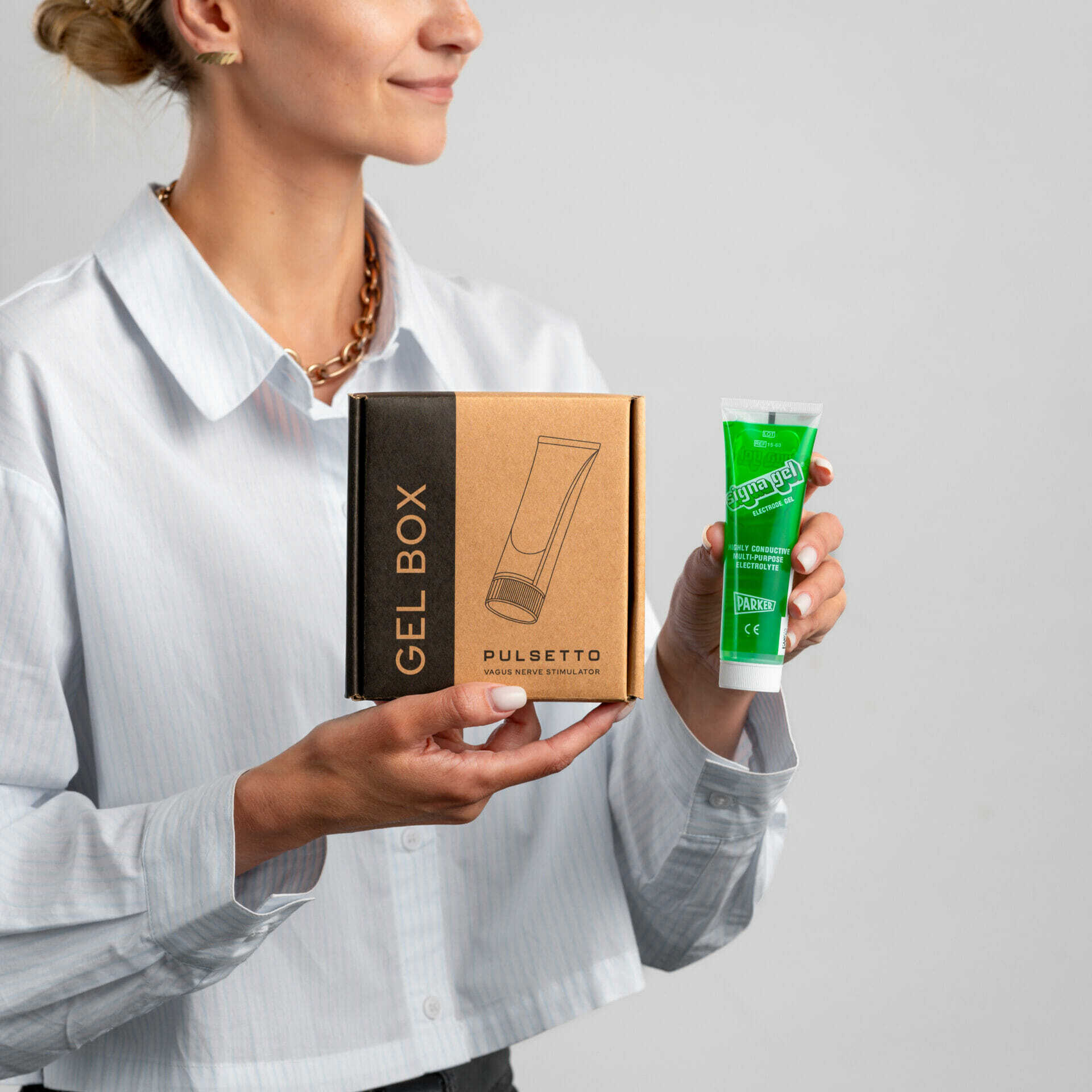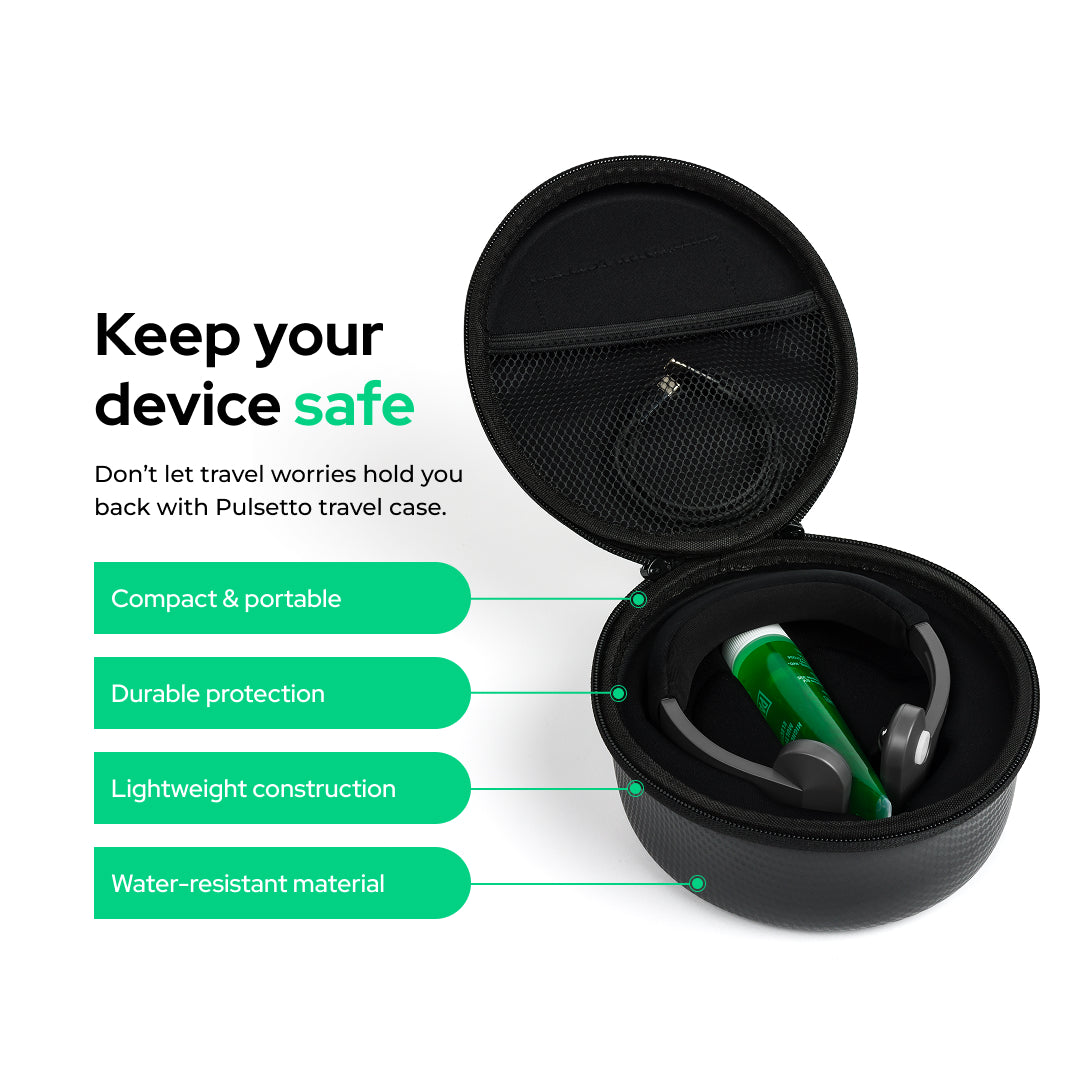Types of Vagus Nerve Massage
There are various techniques for stimulating the vagus nerve, each targeting different areas of the body. Here are some of the most effective methods:
-
Ear Massage: Also known as auricular massage, gently massaging the area around your ears can stimulate the vagus nerve and promote relaxation.
-
Neck-Shoulder Massage: Focusing on the neck and shoulder area can help release tension, especially in individuals prone to stress-related muscle tightness.
-
Abdominal Massage: Massaging the abdominal area in circular motions can aid digestion and promote vagal tone, which is crucial for overall gut health - you’ll benefit from improved digestion and reduced inflammation in the gastrointestinal tract.
-
Foot Massage: Reflexology techniques on the feet can indirectly stimulate the vagus nerve.
-
Head and Face Massage: Gentle massaging or tapping of the face, particularly around the jawline and temples, can help stimulate the vagus nerve. This can be especially useful for those looking to reduce tension in the facial muscles or relieve headaches.
Each of these techniques can be easily performed at home.
Vagus Nerve Stimulation Types
Vagus nerve stimulation can be categorized into two main types: active and passive. Each type has distinct applications and benefits.
Active Stimulation
-
Massage: The age-old practice of massage, featuring gentle strokes and pressure applied to specific areas like the neck, ears, and abdomen, can effectively activate the vagus nerve to promote relaxation and relieve stress.
-
Tapping: Tapping or acupressure on vagal points is a simple yet powerful way to awaken the vagus nerve. This practice can be performed almost anywhere - it’s a quick stress relief option that gives a sense of calmness.
-
Acupuncture: With its roots in ancient healing traditions, acupuncture can help with VNS by inserting thin needles into specific acupoints that are anatomically close to the vagus nerve.

Acupuncture is a traditional Chinese medical practice that involves the insertion of fine needles into specific points on the body to alleviate pain and promote healing, and it is believed to have originated in China around 100 BC.
-
Electrical Stimulation: Innovative devices like Pulsetto use mild electrical impulses to stimulate the vagus nerve. This method is ideal for individuals seeking non-invasive ways to enhance vagal tone, ultimately promoting relaxation and emotional well-being.
-
Cold-Water Immersion: Brief exposure to cold water, such as cold showers or cold water face immersion, can activate the vagus nerve. Cold water’s natural ability to trigger the body’s stress response serves as a catalyst to stimulate the vagus nerve.
Passive Stimulation
-
Music: The soothing power of music therapy, especially calming and meditative tunes, indirectly stimulates the vagus nerve to improve mood.
-
Meditation: Mindfulness meditation and deep breathing exercises are ancient practices that actively engage the vagus nerve. These techniques encourage a relaxation response, and regular meditation has been linked to enhanced vagal tone.
Ideal Vagus Nerve Stimulations for Health Outcomes
The effectiveness of VNS methods can vary depending on individual goals and desired health outcomes.
-
Anxiety: Consider tapping for targeting acupressure points, massage to alleviate muscle tension, and acupuncture to promote relaxation and energy balance.
-
Epilepsy Management: acupuncture and electrical stimulation through devices like Pulsetto can modulate neural activity, reducing the frequency and severity of seizures.
-
Gut Health & Digestion: Abdominal massage stimulates the vagus nerve for enhanced digestion, while foot massage and reflexology indirectly support healthy digestion.
-
Emotional Wellbeing: Calming music or sound therapy can reduce stress and improve mood. Meditation enhances emotional well-being by regulating emotions and increasing resilience to stress.
How to Massage the Vagus Nerve
Here are step-by-step instructions on how to massage different areas of the body to activate the vagus nerve:
Ear
- Gently rub the outer ear, starting from the top and moving downwards.
- Use circular motions with your thumb and forefinger to massage the earlobe.
- Be gentle and maintain a slow, rhythmic pace to stimulate the vagus nerve through the auricular branch.
Neck
- Begin by applying gentle pressure to the sides of your neck with your fingertips.
- Gradually move your fingers in a downward motion, from the base of your skull to the collarbone.
- Ensure you maintain a gentle and soothing touch to activate the vagus nerve in the neck area.
Stomach
- Lie down in a comfortable position and take deep breaths to relax.
- Place your hands on your abdomen, right above your navel.
- Use a clockwise, circular motion to gently massage your stomach.
- This can help stimulate the vagus nerve by activating the digestive system.
Feet
- Sit in a relaxed position with your feet elevated.
- Use your thumbs to apply gentle pressure to the soles of your feet.
- Start from the heel and work your way towards the ball of the foot.
- Focus on stimulating the nerve endings in your feet, which can indirectly influence the vagus nerve.
Head and Face
- Begin by gently massaging your temples with your fingertips using small, circular motions.
- Move your fingers down to your jawline, massaging your jaw in a circular motion.
- Continue by gently stroking your face from the center outward, focusing on the cheeks and forehead.
- Pay special attention to the area around your eyes and eyebrows.
How Pulsetto Helps with Vagus Nerve Stimulation

Devices like the Pulsetto–which is meant to be worn hands-free around the neck–provide a convenient and effective way to stimulate the vagus nerve.
Pulsetto delivers gentle, consistent electrical impulses to stimulate the vagus nerve - making it a reliable option for those looking to improve their vagal tone. It’s designed to be user-friendly and is comfortably worn around the neck.
Pulsetto User Experience
Users of Pulsetto often report a range of benefits, including improved mood, reduced stress levels, and better sleep quality. The device is designed to be user-friendly, making it easy to incorporate into daily routines. Compared to manual techniques, Pulsetto provides consistent and controlled stimulation, which can be particularly beneficial for those with chronic conditions.

Comparison with Traditional Techniques
While manual vagus nerve massage techniques are effective, they require a certain level of skill and consistency. On the other hand, devices like Pulsetto provide a more consistent and controlled form of stimulation, which can be easier for some people to maintain.
Here's a comparison of manual techniques and the Pulsetto device:
|
Method
|
Advantages
|
Disadvantages
|
|
Manual Techniques
|
Cost-effective, can be done anywhere, no equipment needed
|
Requires skill and consistency, results may vary
|
|
Pulsetto Device
|
Consistent stimulation, easy to use, advanced technology
|
Higher initial cost, requires charging
|
Both methods have their own set of advantages and disadvantages. The choice between manual techniques and a device like Pulsetto ultimately depends on personal preference and lifestyle.
Experience the calming effect of Pulsetto today!
Frequently Asked Questions (FAQ)
How do you manually stimulate the vagus nerve?
Stimulating the vagus nerve at home can be achieved through various simple techniques: practice deep, slow diaphragmatic breathing, gently massage the sides of your neck, splash cold water on your face, sing or hum loudly, and gargle with warm salt water or plain water.
These methods can help activate the vagus nerve, offering potential benefits such as stress reduction and improved digestion, but it’s essential to perform them gently and consult a healthcare professional if you have any underlying medical concerns or conditions.
Is vagus nerve massage safe?
Vagus nerve massage is generally safe when performed gently; however, overstimulation of the vagus nerve can lead to a condition called vagal syncope, where the nerve causes a sudden drop in heart rate and blood pressure, potentially causing fainting.
Individuals with a history of heart issues, uncontrolled diabetes, or those prone to fainting episodes should consult a doctor before attempting vagus nerve massage. Anyone experiencing unusual symptoms like dizziness, lightheadedness, or irregular heartbeats during or after such massage should seek medical advice.
Where do I massage the vagus nerve?
To massage the vagus nerve, focus on areas where it is most accessible, primarily the neck and behind the ear. Begin by using light, circular motions with your fingertips to gently massage the sides of the neck, working your way down to the base of the skull.
Next, move to the mastoid bone, located behind the ear, and apply gentle pressure in a circular motion. This technique can help activate the vagus nerve, reduce stress, and improve heart rate variability, thereby promoting a sense of calm and relaxation in the body.




